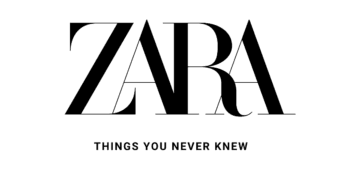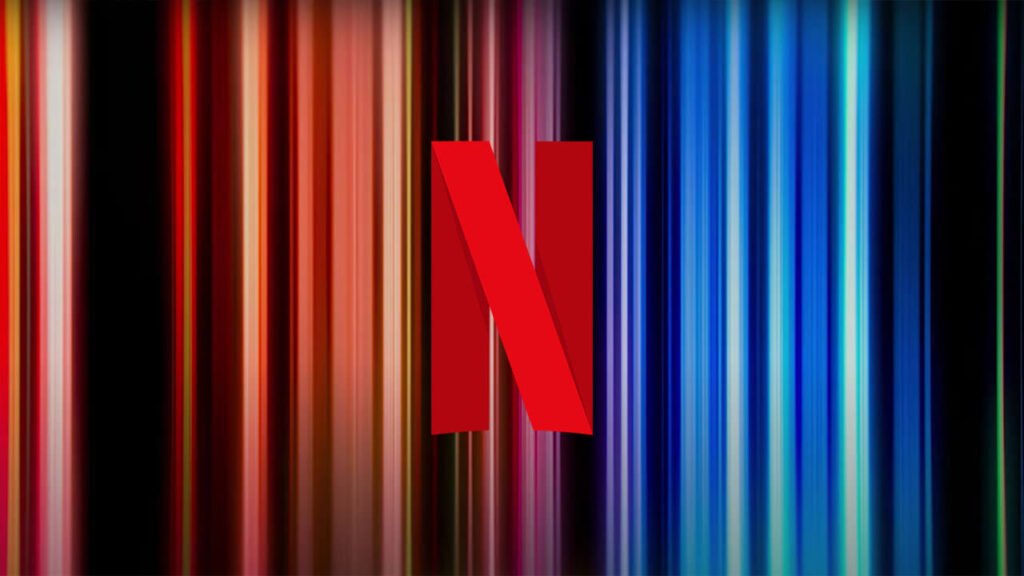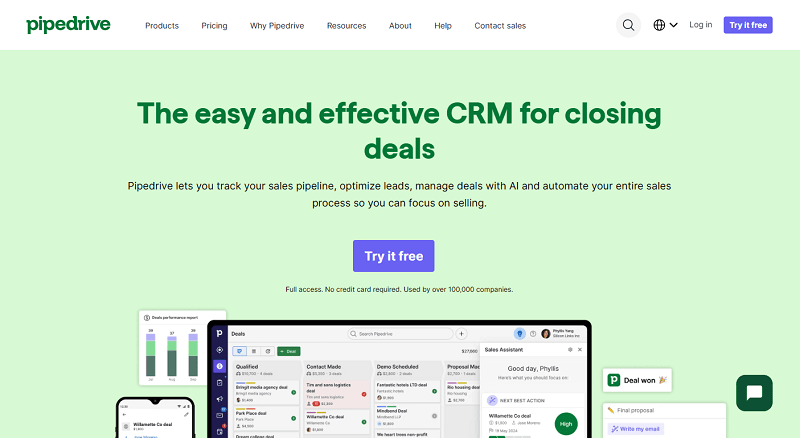Netflix’s customer relationship management (CRM) strategy is at the core of its unprecedented growth in the TV streaming industry. Their CRM strategies have enabled them to understand customers and predict their wants thoroughly.
Netflix is the world’s leading streaming entertainment service, with 231 million paid memberships in over 190 countries. They use a subscription model through which their customers can pay monthly or annually to access TV series, films, and games across various genres and languages.
In this Netflix CRM case study, you will learn about the phenomenal strategy behind their incredible success.
History of Netflix Timeline and Facts
1997: Netflix is founded
1999: They implemented a subscription-based business model
2000: Netflix started an Unlimited Movie Rental Program
2001: They partnered with Best Buy to gain exposure in stores
2002: Netflix makes its Initial Public Offering (IPO) of 5.5 million shares at $15.00 per share
2003: They hit one million subscribers
2005: Netflix acquired movie rights and designed box offices
2006: They hit 7.5 million subscribers
2007: Netflix begins streaming content directly to TVs, computers, & tablets
2009: Netflix streams overtook DVD shipments
2011: Netflix streaming service became North America’s largest source of internet streaming traffic.
2013: Netflix starts making original shows: Lilyhammer & House of Cards
2016: They launched across the globe
2019: Disney, AT&T, and Apple joined the TV streaming service
2020: Netflix appointed Sarandos as co-CEO
2022: Netflix loses 200,000 subscribers in the first quarter
Before you proceed, you can get instant, no-obligation CRM quotes. Just answer a few quick questions and we’ll match you with top providers tailored to your business.
4 Ways Netflix Uses Customer Relationship Management (CRM)
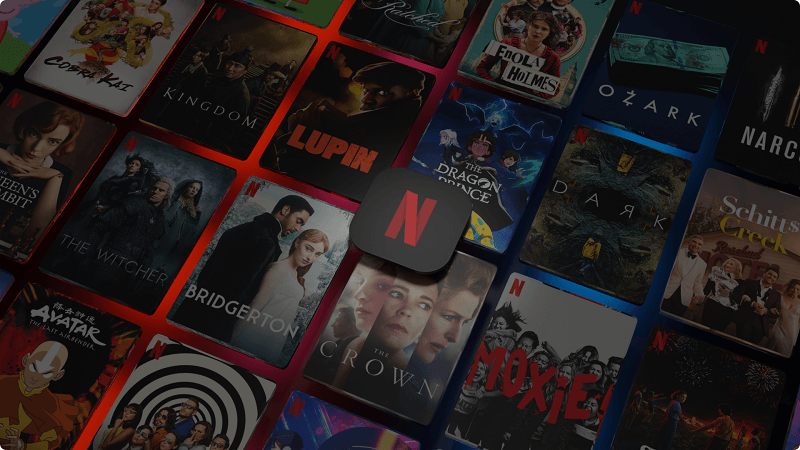
1. Intelligent Content Recommendation
Netflix’s intelligent content recommendation system delights users the most when using the platform. Social media sites like TikTok, Facebook, Twitter, and Instagram recommend posts based on user activity and data in the same way that Netflix recommends.
First, Netflix recommends movies based on the most recently watched film. It’s basic psychology: if the users love A, they will also love B. And most often, it works. For instance, If I like epic movies, chances are high that I will be interested in other epic films.
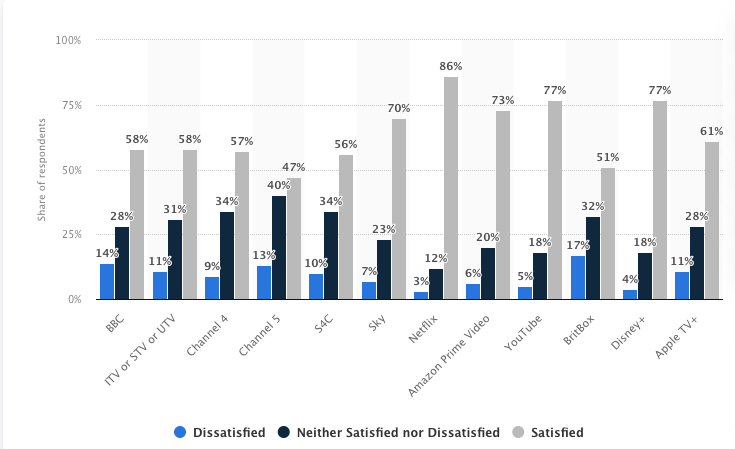
Second, location is a critical metric in Netflix’s recommendation system. The thing is that people connect more deeply with things that relate to their origins. That’s why localized content will always be a big deal.
Netflix’s content recommendation system is its primary CRM strategy for retaining its users. It has won them a place in their user’s minds.
2. Free Trial
People are always skeptical when it comes to making online subscriptions.
A recent study by Digiday suggests that 63% of publishers say turning audiences into paying subscribers is a crucial challenge when creating subscription products.
In response to users’ skepticism about making online subscriptions, Netflix created a free monthly trial to give users a feel of the platform before making payments. This allows the users to access the forum, view the movie library, and check TV shows and other series before becoming paying customers.
The free trial strategy has effectively converted prospects into active customers; other TV streaming platforms are replicating this strategy.
3. Massive Library of TV shows
There are over 3600 movies and 1,800 TV shows on Netflix. These varieties of content are what keep users glued to their Netflix. This gives users many options to watch movies on-demand according to the ones most appealing to their taste.
I have an active subscription plan on Netflix, and I keep renewing my subscription because I have access to all my favorite shows on demand.
The thing is that humans love varieties. Physiologically, we see limited options as boring and varieties as beautiful. That’s why the subscription model will always win.
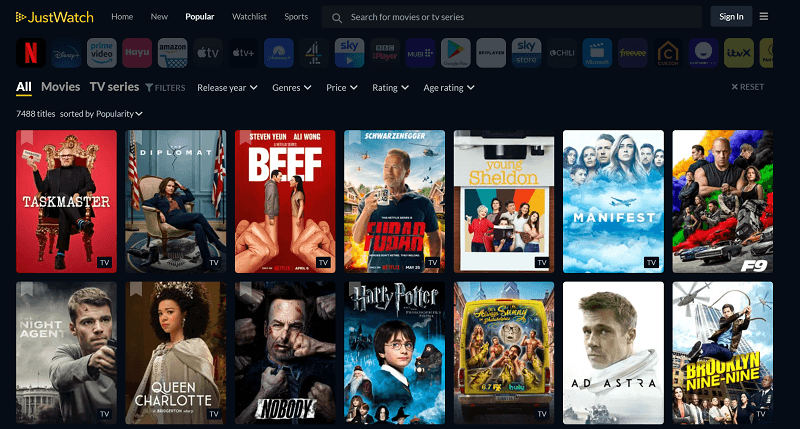
4. Continue Watching
Netflix’s AI algorithm sorts your recently viewed titles and estimates whether the member will continue watching or re-watch. Or perhaps they stopped watching the movie because it was less attractive than they had envisaged.
The ‘continue watching’ feature has been proven to be very effective in engaging and re-engaging users on the platform – increasing their satisfaction rate.
Fun Fact: Netflix estimates that its algorithm saves $1 billion yearly in value from customer retention.
What CRM does Netflix Use?
Netflix does not use any third-party customer relationship management (CRM) software. Instead, they use an in-house intelligence system to manage customer data and enhance marketing efforts.
Multinationals like Apple, Tesla, and Walmart have custom-built CRM software. Mainly because of their size and because they want complete autonomy over their customer’s information.
However, I will recommend Pipedrive CRM, Zendesk, and Zoho CRM. They will be fantastic, enabling you to level your customer service game entirely. Give them a try. You can start with their free plans.
The Best Overall
Pipedrive
A sales-focused CRM that leverages AI to automate sales, lead & demand generation.
Best Budget Choice
Freshsales
Freshsales automates your sales process, and helps drives sustainable business growth.
Best for Workflows
Zendesk
Customize your workflows to track all aspects of the sales cycle, from lead gen to post-sale support.
How Does Netflix Approach Customer Service?
Netflix approaches customer service from the standpoint of personalization and user-centric experience. As you know, Netflix spends heavily on Research & Development (R&D) like Apple, Microsoft, and Facebook.
And their focus on R&D allows them to focus on their users’ immediate and future needs. It is evident in their platform’s features and films that they always have their users at heart.
Conclusion
Netflix created a blue ocean customer relationship strategy, and now we have Amazon, Apple, and other companies joining the fold. The listed strategies can work for any video streaming startup company.
Pick a few or all and run with them. Additionally, replicating their strategies is optional. You need to be creative with them. Once more, I recommend Pipedrive CRM, Zendesk, and Zoho CRM. Check and try them out. It’s a shortcut to replicating some of the strategies listed here.
If you have questions, kindly ask in the comment below.















